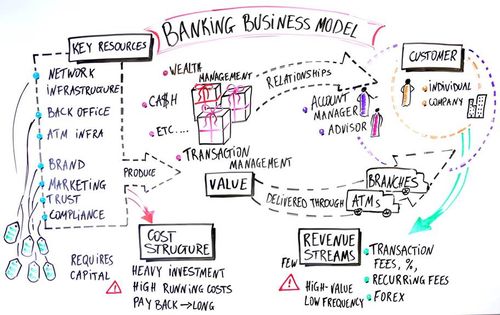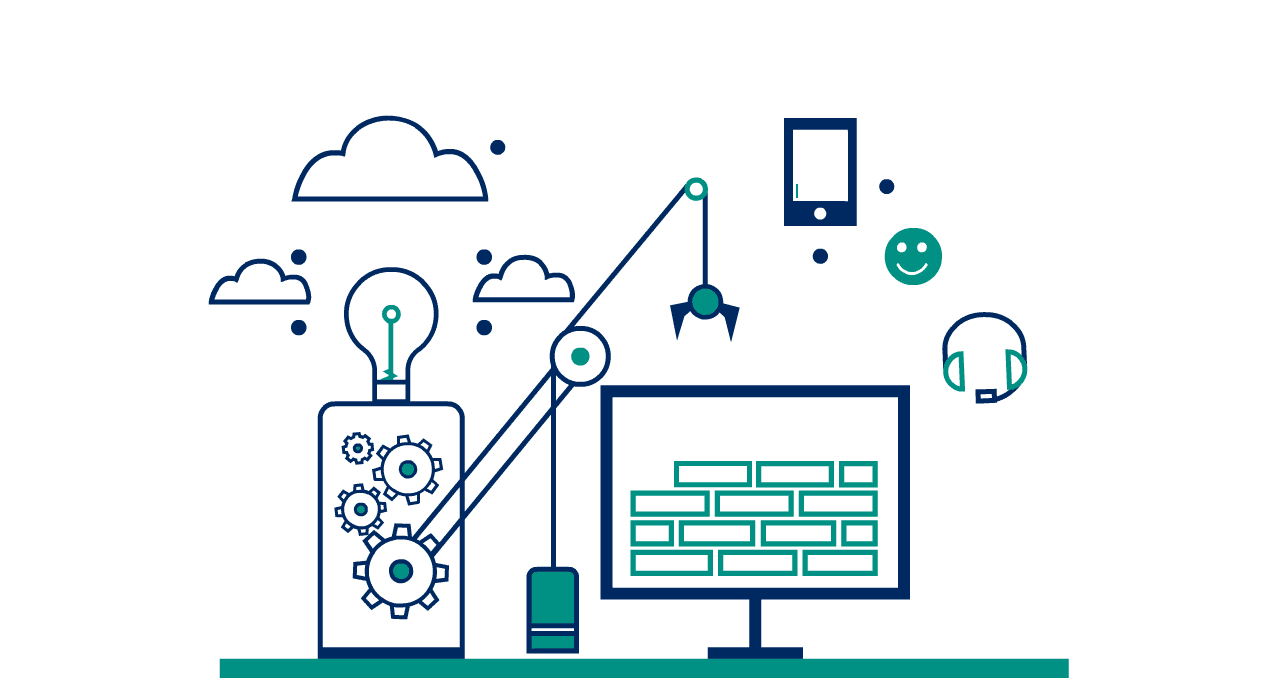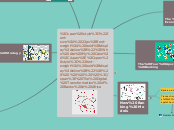Who Ate My Cake: The Digital Transformation of Banks in Africa

Future of Retail Banking
Transforming Traditional Banks
Executive Summary
The Enemies on the Horizon: FinTech, E-Commerce, Telecoms, Social Networks, Search Engines, Global Banks & Insurance Companies.

The Unforseable African Economy
Income Growth & Inequality
Millenial Population & Digital Usage
Opportunities from Migration
Economic Diversification

The Four Apocalypse of Banking
Disintermediation
Unbundling
Invisibility
Commoditisation

New Banking Models
Bank-as-a-Service
Advisory & Advertising
E-commerce capabilities
Transaction Fees: In-app purchases
Media & Entertainment
Games
Social Banking
Building New Capabilities

Digital Capabilities
Cybersecurity
Big Data & Analytics
A.I. and Robotic Process Automation
Cloud Computing
Revamping IT
Talent Management
Leadership & Execution
Culture & Change Management
Collaboration & Breaking Down Silos
A New Evaluation System
Attracting Tech Talent
All Star Talent Scheme
Linking KPIs to Responsibility
Innovation Strategy

External Strategic Process: 1) Digital & Non-Digital M&A; 2) Open Innovation & Coopetition; 3) Beyond Listening to Markets; 4) Shaping Regulation
Competing with Traditional Banks and Non-Banks.
Organisational Design: Structural & Contextual Ambidexterity
Banking Operating Models
save time
make info
interesting
easier to remember
Designing Experiences & Touch Points
Banking Relationship Channels
Cardless ATM Channels: Cheque & Cash Deposit, Remittances & FX Transactions.
Digital Banking
Robo-advisory in Wealth Management
Mobile Banking
Banking in Social Networks: The WeChat Model
Self-Service Branch of the Future
Onboarding Process
Fully Digital Onboarding
The Deloitte Banking Onboarding Process
